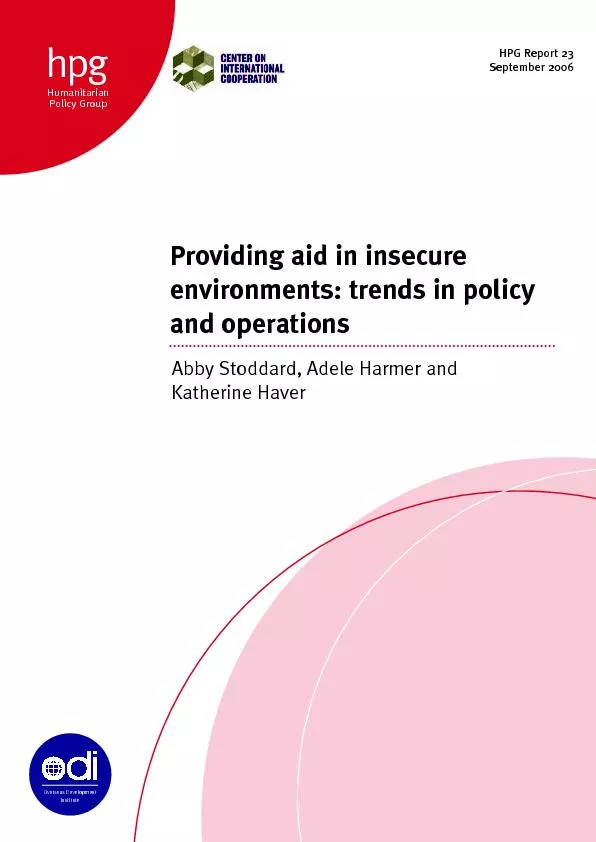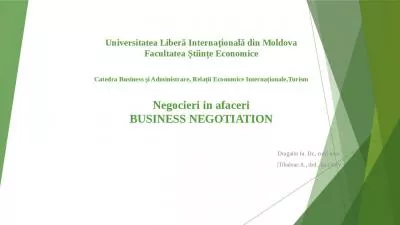PDF-Abby Stoddard, Ph.D., is a Senior Associate with the Center on Interna
Author : mitsue-stanley | Published Date : 2016-06-15
viding aid in insecure environments trends in policyand operationsAbby Stoddard Adele Harmer and atherine Haver HPG Report 23September 2006 olicy Group Overseas
Presentation Embed Code
Download Presentation
Download Presentation The PPT/PDF document "Abby Stoddard, Ph.D., is a Senior Associ..." is the property of its rightful owner. Permission is granted to download and print the materials on this website for personal, non-commercial use only, and to display it on your personal computer provided you do not modify the materials and that you retain all copyright notices contained in the materials. By downloading content from our website, you accept the terms of this agreement.
Abby Stoddard, Ph.D., is a Senior Associate with the Center on Interna: Transcript
Download Rules Of Document
"Abby Stoddard, Ph.D., is a Senior Associate with the Center on Interna"The content belongs to its owner. You may download and print it for personal use, without modification, and keep all copyright notices. By downloading, you agree to these terms.
Related Documents














